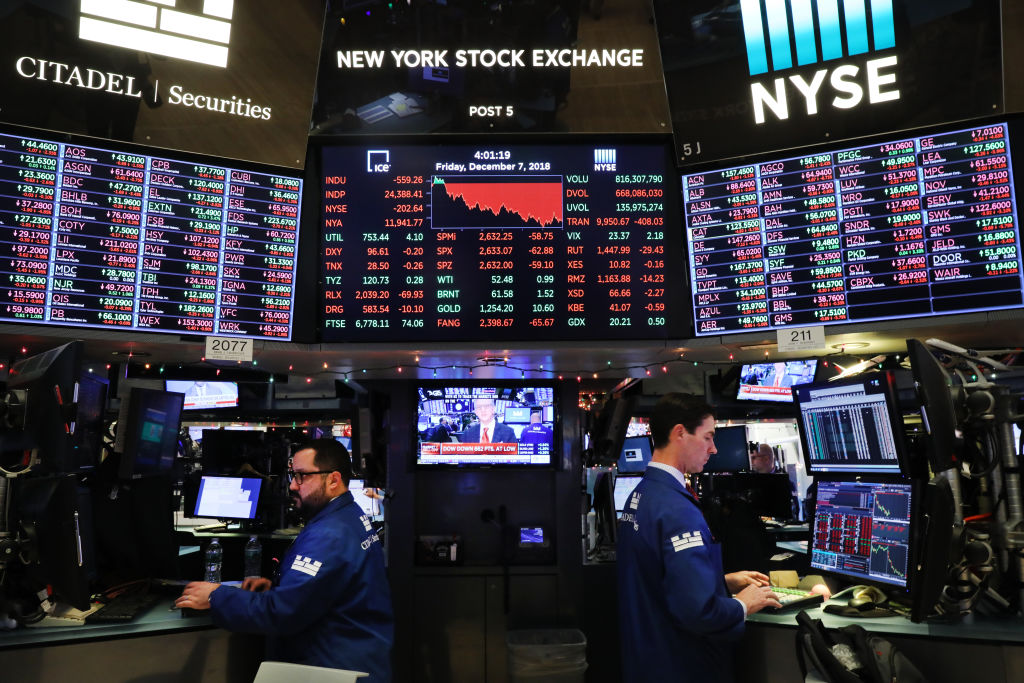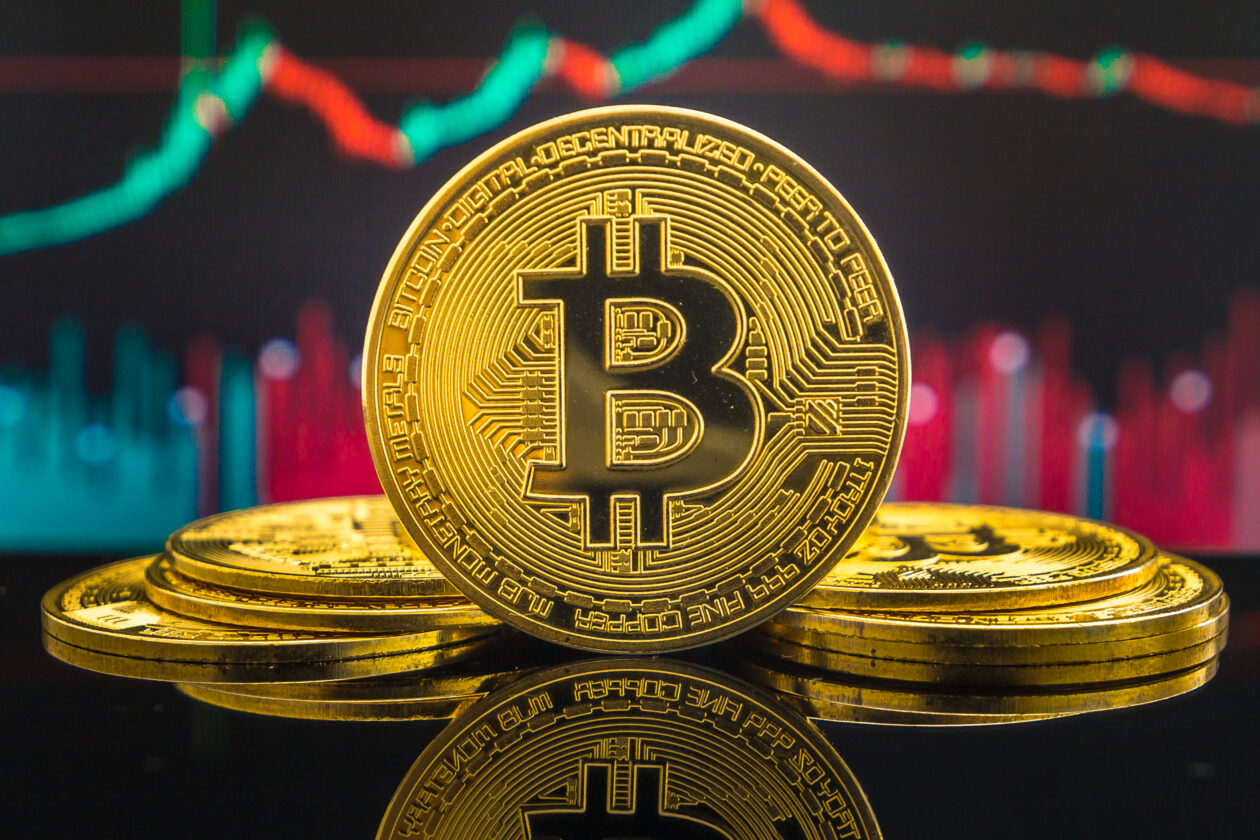Bitcoin was trading flat below the resistance level of US$26,000 Wednesday morning in Asia. Ether edged up but remained below the US$1,650 mark, while other top 10 non-stablecoin cryptocurrencies traded mixed. Solana led the winners after Visa announced it would expand stablecoin payments to the Solana network. U.S. stock futures traded mixed after a down day Tuesday. Oil supply restrictions from Russia and Saudi Arabia have aroused inflationary concerns and fear among investors of more U.S. interest rate hikes to come.
Solana surges on Visa partnership
Bitcoin edged up 0.01% in the last 24 hours to US$25,764.10 as of 07:10 a.m. in Hong Kong for a weekly loss of 6.72%, according to CoinMarketCap data. The world’s leading cryptocurrency has been trading between US$25,500 and US$26,000 since Saturday. It was trading at the same range in June before U.S. investment giant BlackRock’s Bitcoin exchange-traded fund (ETF) application sent the price over US$30,000
“The market seems to underestimate the potential impact of U.S. BTC spot ETFs. A spot ETF approval should attract enormous inflows, creating significant buying pressure on BTC. Conversely, if the BTC spot ETFs are rejected, nothing changes,” wrote crypto research firm K33 Research in a report Tuesday.
“Prices are now the same as before the Blackrock news that injected new life into BTC spot ETF chances. In the same time span, the Nasdaq 100, often a good indicator of the market’s general risk appetite, is up 2%. The BTC spot ETFs will be huge, and with improved odds of approval, it looks evident that the market is mispricing it,” the report continued.
Digital asset manager Grayscale Investments sent a letter to the U.S. Securities and Exchange Commission (SEC) Tuesday urging the regulator to approve its application to turn the Grayscale Bitcoin Trust (GBTC) into a spot Bitcoin ETF. That followed a favorable court decision on August 29 for the digital asset management firm requiring the SEC to review an application it rejected last year.
“GBTC is ready to operate as a bitcoin ETF upon regulatory approval, and Grayscale looks forward to further constructive engagement with the SEC,” said Grayscale in a Twitter thread on Tuesday.
Justin d’Anethan, head of Asia-Pacific business development at Belgium-based crypto market maker Keyrock, said the resubmission of Grayscale’s request to the SEC for their ETF approval is a reason for optimism. “Again, the arrival of a crypto-linked ETF seems to become more and more likely, although the timeline itself remains iffy,” he said.
Ethereum gained 0.51% to US$1,631.79, down 5.53% for the past seven days. The second largest cryptocurrency has been trading around US$1,640 since the weekend. But K33 analysts said they expect the token’s price to rise in the near future.
“September and October favor overweight exposure in ETH, as ETH carry stronger ETF momentum in the short term,” wrote K33 in Tuesday’s report. “Futures-based ETH ETFs are scheduled to receive their final verdicts in mid-October, with strong chances of approval.”
Nearly a dozen companies including Volatility Shares, Bitwise, Roundhill and ProShares have filed to launch Ethereum ETFs in the U.S.
Other top 10 non-stablecoin cryptocurrencies traded mixed over the past 24 hours. Solana’s SOL led the winners, rising 4.43% to US$20.22 but still posted a loss of 7.19% for the week.
Visa Inc. announced on Tuesday it would expand its USDC stablecoin settlement services to the Solana blockchain. The global payments giant has been supporting USDC settlements on the Ethereum blockchain since March 2021.
“By leveraging stablecoins like USDC and global blockchain networks like Solana and Ethereum, we’re helping to improve the speed of cross-border settlement and providing a modern option for our clients to easily send or receive funds from Visa’s treasury,” Cuy Sheffield, head of crypto at Visa, said in the announcement.
Solana said in a tweet Tuesday that Visa’s addition of the blockchain to its payment network follows an extensive period of planning and infrastructure evaluation.
“The partnership between Solana and Visa is a positive development for the blockchain ecosystem,” said John Stefanidis, CEO of blockchain infrastructure foundation Balthazar DAO.
“It broadens the range of use-cases beyond just Ethereum-based applications. Additionally, Solana offers faster and more cost-effective transactions which makes it a great option for settling transactions internally,” Stefanidis said.
Meanwhile, crypto exchange Coinbase launched a new crypto lending platform for U.S. institutional investors on September 1. The platform has raised over US$57 million in investment, according to a filing with the U.S. Securities and Exchange Commission made Friday.
The platform’s launch follows the bankruptcies of major crypto lenders including Celsius Network, BlockFi and Genesis Global. Those collapses opened up a vacuum in crypto lending services that the new Coinbase platform could come to occupy.
The total crypto market capitalization edged up 0.15% to US$1.04 trillion. Trading volume rose 5.55% to US$25.05 billion.
Oil prices up; Goldman Sachs lowers US recession estimate

U.S. stock futures were trading mixed as of 09:40 a.m. in Asia. The Dow edged higher, while the S&P 500 and Nasdaq logged losses. All three major U.S. indexes closed lower on Tuesday. The Dow led the losses with a 0.56% drop.
The main stock indexes across Asia mostly posted losses. China’s Shanghai Composite Index, Hong Kong’s Hang Seng, and South Korea’s Kospi moved lower, while Japan’s Nikkei rose by 0.58%.
The benchmark Brent Crude Oil price reached a high of US$90.38 per barrel on Tuesday, the highest price since November 2022. The rise came after Saudi Arabia and Russia extended their unilateral oil supply cuts by three months to the end of the year, contributing to the declines in the Asia equity market.
Investment bank Goldman Sachs on Tuesday lowered its estimation for a U.S. economic recession in the next 12 months from 20% to 15%. The figure is much lower than a Bloomberg analyst consensus of 60%. The Goldman Sachs report cited continued positive inflation and strong labor market data as the reasons for its improved outlook.
U.S. Federal Reserve Governor Christopher Waller said in a Tuesday interview with CNBC that “a hell of a good week of data” for August, including a better-than-expected jobs report, points to a slowdown in inflation. But he said it is still too early to tell if the Fed is done with its monetary tightening policies.
“I want to be very careful about saying we’ve kind of done the job on inflation until we see a couple of months continuing along this trajectory before I say we’re done doing anything,” Waller said.
“I don’t think one more hike would necessarily throw the economy into recession if we did feel that we needed to do one,” he added. “It’s not obvious that we’re in real danger of doing a lot of damage to the job market, even if we raise rates one more time.”
Cleveland Fed President Loretta Mester was more hawkish. She said in an interview with German news outlet Börsen-Zeitung Tuesday that the Fed “might have to go a bit higher” in its policy rates to handle a still high level of demand in the economy.
The Fed will meet on Sept. 20 to make its next move on interest rates, which are currently between 5.25% and 5.50%, the highest level in 22 years.
The CME FedWatch Tool predicts a 93% chance the Fed will maintain the current rate unchanged in September, down from 94% on Sept. 1. It also gives a 41.3% chance for another 25-basis-point rate hike in November, up from 33.5% on Sept. 1.
“Fed officials are unlikely to move quickly toward easier policy unless growth slows more than we are forecasting in coming quarters,” said Jan Hatzius, chief economist at Goldman Sachs, in a Tuesday research note viewed by Bloomberg. “We therefore expect only very gradual cuts of 25-bps per quarter starting in 2024Q2.”
A series of official speeches Thursday will provide further indication of the Fed’s plan for rates. Elsewhere, S&P will release its U.S. services purchasing manager index (PMI) for August later Wednesday.
(Updates with equity section.)





